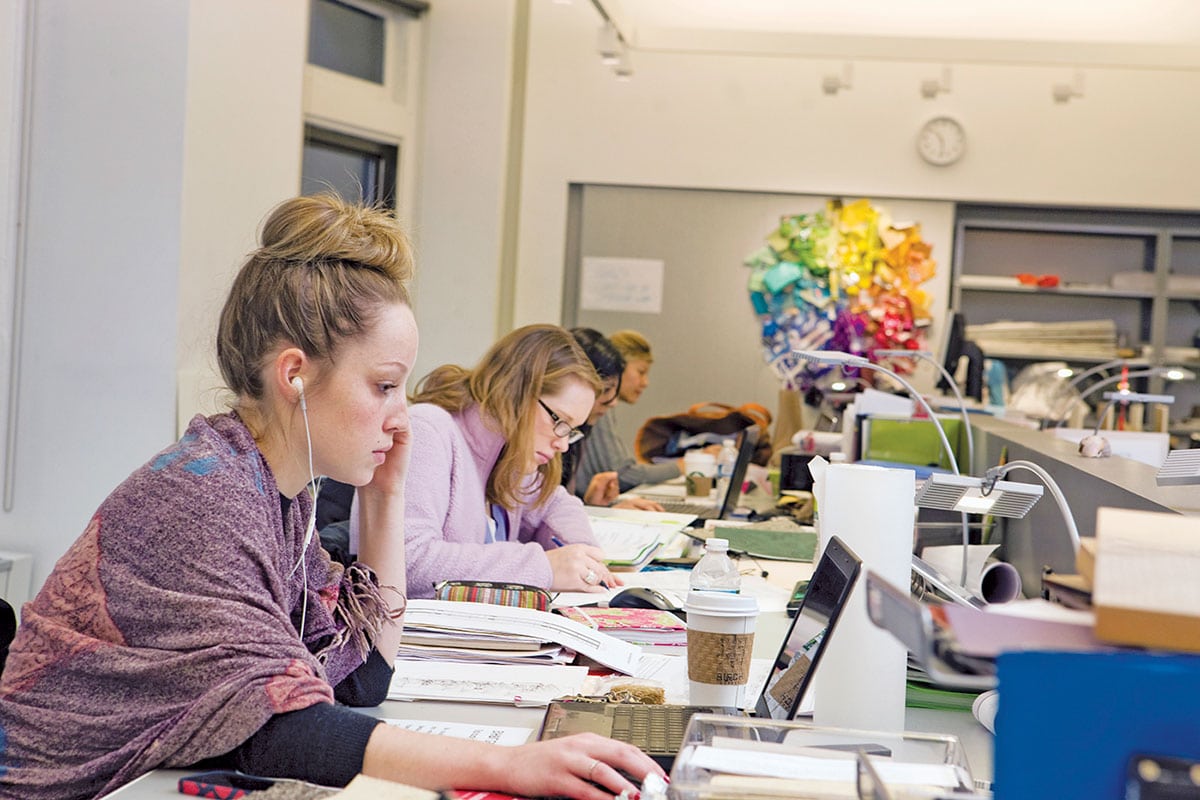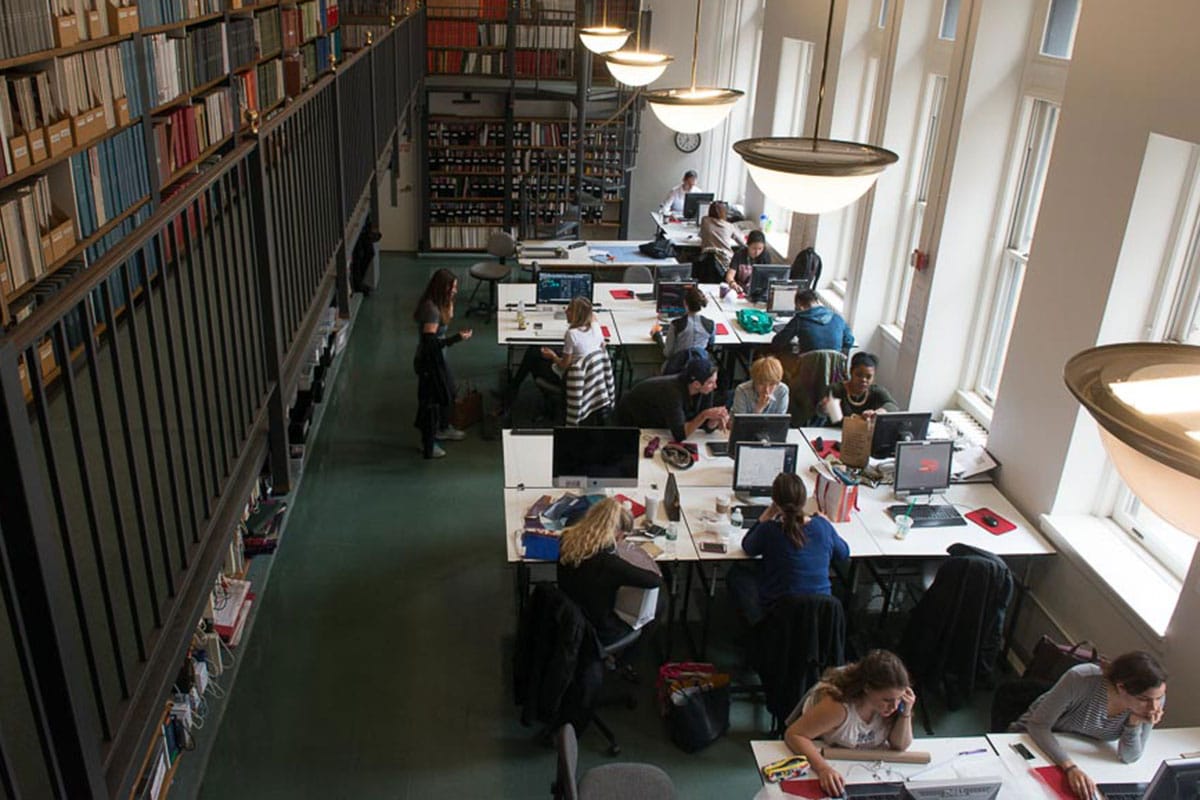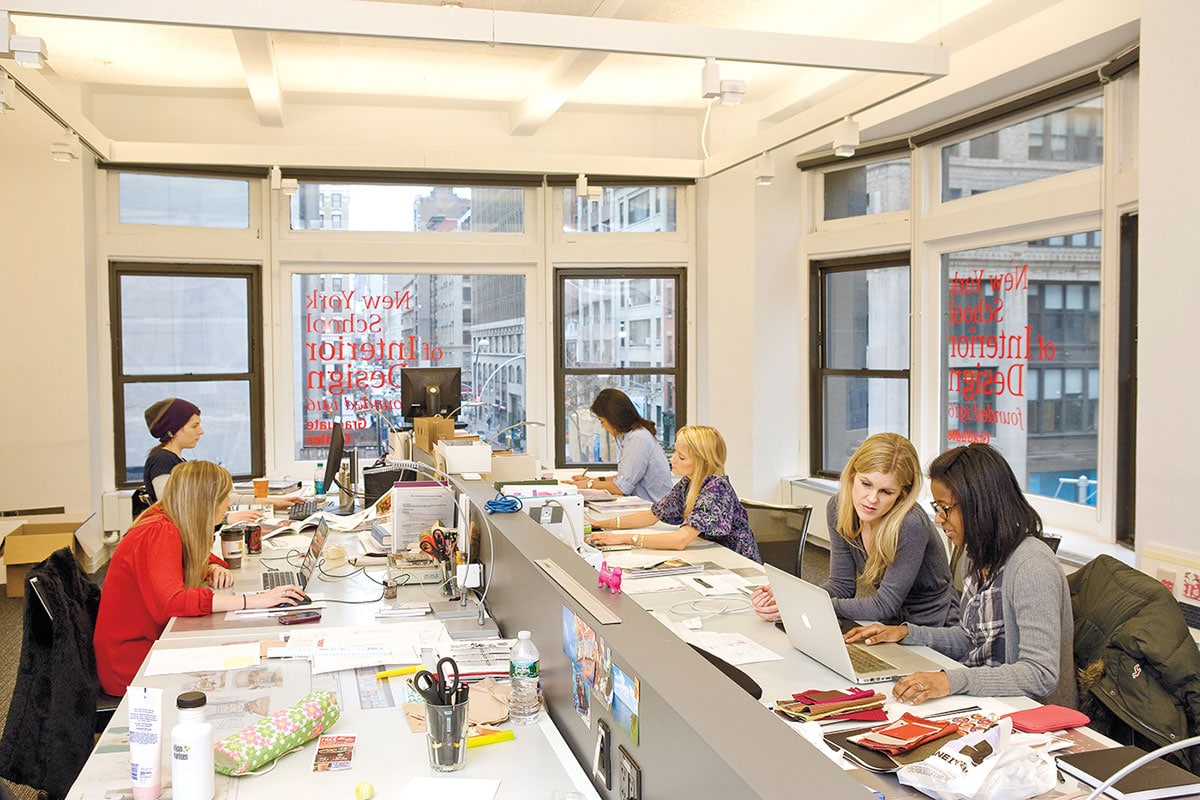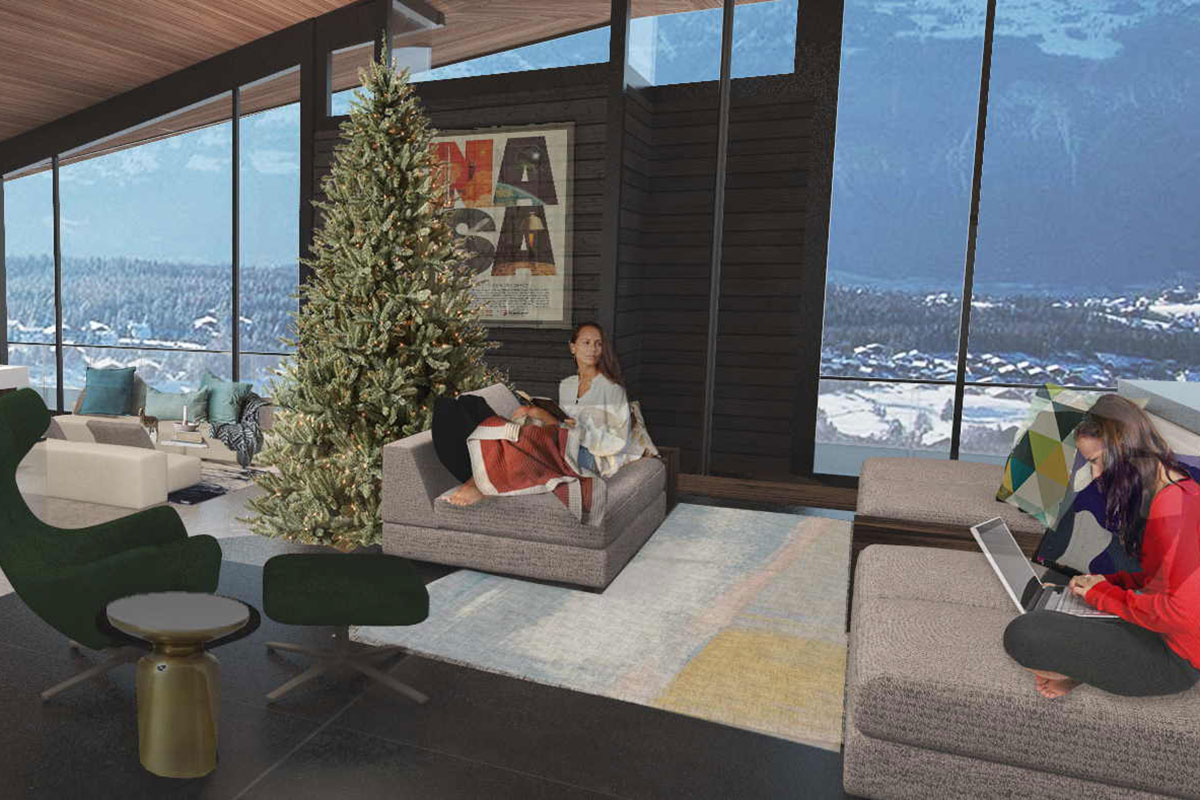How the New York School of Interior Design is changing the conversation.

Courtesy of NYSID
What does it take to build a sustainable space? It’s a question David Bergman is passionate about, and one he’s committed to answering. As director of the New York School of Interior Design (NYSID) Master of Professional Studies in Sustainable Interior Environments program, he shapes the way the next generation of interior designers create spaces that are friendly to both the environment and people. “We’re taking care of energy and the planet but also taking care of ourselves,” Bergman says. “That’s where the interiors come into play.”
NYSID’s program, with classes taking place in New York City on evenings and weekends and also available online, is one of only a handful of post-professional sustainability design programs in the country, Bergman says. As it approaches its 10th year in 2020, Bergman reflects on some of the lessons students take away to share with their clients.

The NYSID Master of Professional Studies in Sustainable Interior Environments program offers classes at night and on weekends.
Photo by Mark La Rosa
Air Quality in Focus
As architects and builders turned toward energy efficiency and tighter building envelopes over the past few decades, there’s been an unintended consequence: dangerous indoor air. “We get this toxic cocktail indoors of materials and finishes that off-gas all kinds of things. Unless there is adequate ventilation, it remains indoors,” Bergman says.
There’s now a push to combat this problem from both sides, he says: by promoting healthier materials, finishes, and maintenance procedures as well as improving ventilation and circulation. Drafty windows and doors used to naturally allow for outside air to circulate. In today’s efficient structures, we need to add in proper ventilation under the right controls. By doing so, we can improve the air quality inside and protect the inhabitants.

Courtesy of NYSID
Baked in from the Beginning
To create a truly sustainable design, the focus needs to be there from the outset. There’s a growing awareness, Bergman says, that it is an integral part of any plan. But it’s important for designers out in the field to convey this message. “In this program we teach students how to not just design, but also how to communicate their design,” he says.
One of the biggest obstacles preventing widespread adoption of sustainable practices is the seemingly abstract nature of the concept. Bergman says it can be hard for people to grasp the impact their home or office has on the environment as a whole. But turn the focus to looking at the impact on themselves at a more personal level, and it’s a different story. “When we can start to appeal to our clients’ own health, in other words, appeal to their interests and make it less abstract, that’s another route to getting through to people.”

Photo by Mark La Rosa
Helping Us Feel Our Best
NYSID’s entire faculty encourages students to think of projects in a more holistic way. Rather than just looking at the cost of one material over another, it’s essential to factor in the potential impact of the space on people. If a slightly cheaper material makes someone less productive, or even sick, any savings is wiped out.
Students are encouraged to connect the dots between how spaces look and how they make the people inside them feel. “Sustainability also includes factors such as light—making sure we have enough light and air to keep us both healthy and productive and feeling good on many levels,” Bergman says.
After all, who doesn’t want to be productive and feel better? And there can even be a financial incentive. “You get your money back in the form of well-being, and in the form of energy efficiency. You spend a little more money up-front and get it back over time,” Bergman says.

Rendering by Yilan Dong and Charmaine Mendoza
Making the Case
Ultimately, Bergman and his fellow instructors are passionate about doing their part to encourage the next generation of designers to advocate for sustainable approaches. “I sometimes make the case that we can view this selfishly—and that it may be a more convincing, less altruistic ‘save the polar bears’ approach for some people. When put like that, it’s not the planet we’re trying to save; it’s us,” he says.

